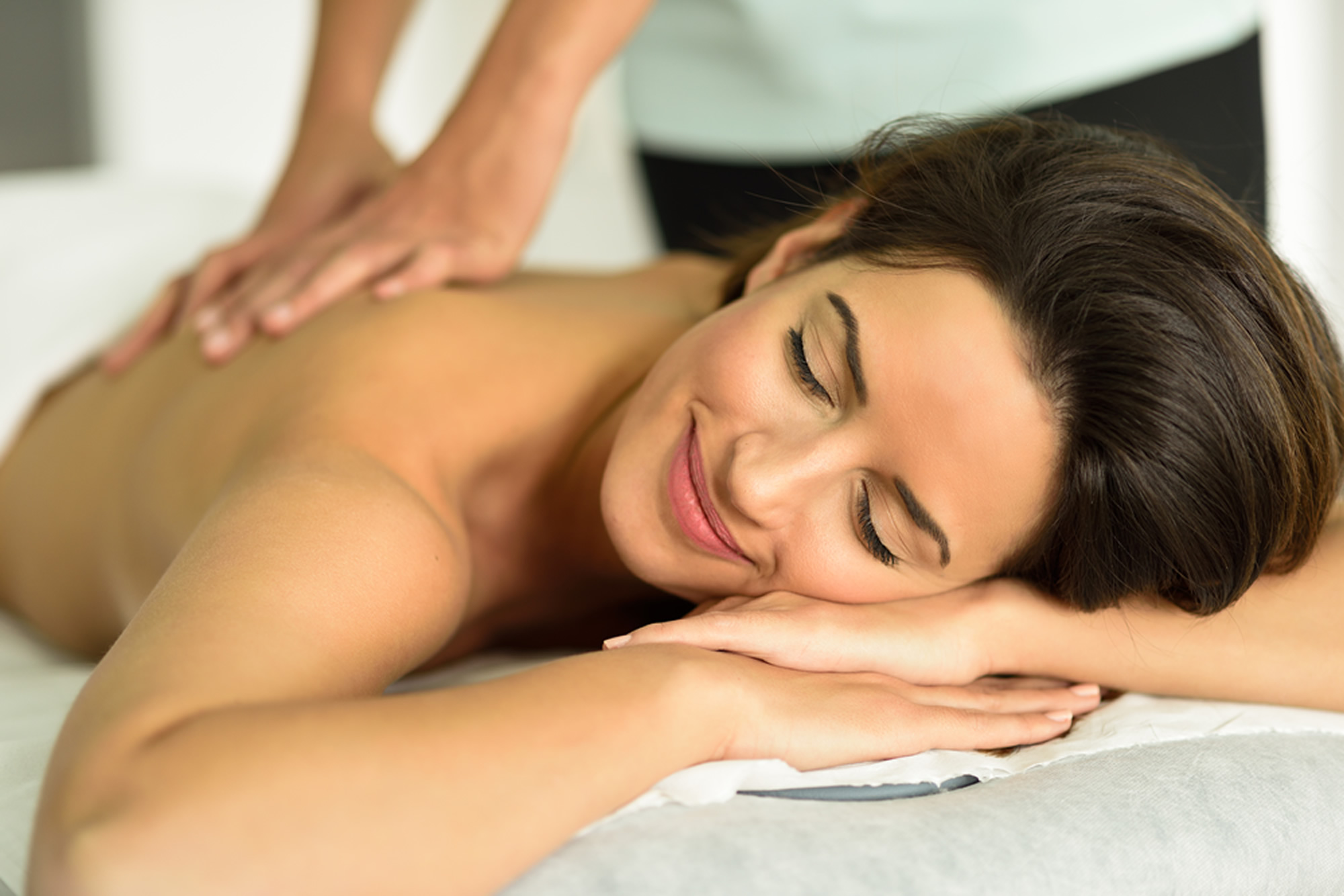You will encounter many different forms of massage depending where around the world you travel. However in this modern age, you can probably find all significant forms of massage within a close proximity.
In the seventeen years that I’ve been a licensed massage therapist I’ve realized three things: 1- there is no “typical” body type, 2- women apologize for their bodies far too often, and 3- there is still much confusion over what to expect at your first massage session: how far to undress, do you tip, is it going to hurt? Whether you’ve received a gift certificate, rehabbing an injury, or incorporating massage therapy into your wellness program, there’s still a first time for everyone. Although no two massage session are ever exactly the same, understanding what to expect can ease nerves and anxiety. Even if you receive weekly therapeutic massage, some of these fifteen guidelines may surprise you.
- Why do I have to answer a health questionnaire? Plan to arrive approximately 10 minutes early for your first session to fill out an intake form and health questionnaire. Not only does this provide information for the massage therapist in regards to current pain patterns, it also helps them identify contraindications for specific conditions: diabetes, pregnancy, recent surgery. Although old accidents/injuries may not seem worth mentioning, the body adjusts and compensates to minimize pain. So, today’s neck pain could be from a back injury years ago. The more the massage therapist knows about your current health and health history, the better they can tailor the session to your needs.
- What’s the difference between a massage therapist and a masseuse/masseur? One has about 1000 hours of education and keeps their clothes on. Ok, that’s not entirely accurate, but in the US, there is definitely a sexual connotation to the title masseuse/masseur. Generally speaking, massage therapists have had nearly a thousand hours of anatomy, physiology, and kinesiology education. They are state licensed, and/or nationally board certified and won’t refer to themselves as a masseuse/masseur.
- How do I know if they’re a qualified massage therapist? It’s likely that the school’s name won’t offer much information, instead, ask how many hours of training they’ve had: most education requirements for a state license range from 500 to 1000 hours (Illinois requires 500 hours). How long they’ve been working as a MT will also give an indication of how many hours of continuing education they’ve had. When scheduling a massage the client can request a therapist with certain qualifications: pregnancy, lymphatic drainage, sports massage, seated/chair massage. Most licensed massage therapists are associated with the American Massage Therapy Association and/or the National Certification Board for Therapeutic Massage & Bodywork- both websites have links to find a certified MT in your area.
- Do I really have to get naked? No. A qualified massage therapist is trained in a variety of modalities/techniques to accommodate clients who are partially or fully unclothed or completely dressed. The client may undress to THEIR comfort level. For the clients comfort, and to protect the table, though, it is recommended that clients remove shoes and belts. Massage therapists abide by strict draping laws, at no time will breasts or private areas be uncovered. The massage therapist will leave the room for the client to undress to their comfort level and lie on the table between the fitted sheet and top sheet/blanket. When the session is over, the massage therapist will leave the room again to give privacy to redress.
- What if I get cold? As the parasympathetic nervous system kicks in, the heart rate typically slows, and body temperature may lower. Most treatment rooms have blankets readily available if you feel chilled during the session.
- Should I talk during the session? Conversation is led by the client. While some small talk may occur at the beginning of a massage session, once the client is quiet, the massage therapist typically doesn’t engage in conversation except to occasionally ensure pressure and temperature are okay.
- What if I fall asleep? It is a common response as the sympathetic nervous system (stressed, “fight/flight”) quiets and the body relaxes. The massage therapist will gently wake you when it is time to turn over or the session has ended.
- Will the massage be painful? Although some areas may be tender, therapeutic massage should not be painful. The “no pain, no gain” theory typically does not apply and is often counterproductive. Though “deep pressure” may sound like the only way to address tight muscles, chronic muscular adhesions and structural imbalances may resist direct deep pressure. A qualified massage therapist is trained in a variety of modalities/techniques and is able to address deep muscle tissue without causing pain (or bruising!) for the client.
- What if I get an erection? This is also a natural, common response when the parasympathetic nervous system is activated. If noticed by the massage therapist, it will be ignored. If the client draws attention to the matter in a suggestive manner, the massage therapist may end the session…see #10.
- Can I joke about a “happy ending?” Your massage therapist has heard the jokes a thousand times….they’re never funny. If the client is looking for a “happy ending,” they’re probably looking for a prostitute…not therapeutic massage. Movie and TV industries- it’d be great if you understood that too.
- Do I tip? Tipping is always appreciated, but never expected. Some clients tip their massage therapist as they would a hair stylist or manicurist. Others view massage as an element of their weekly/monthly wellness protocol and don’t tip a massage therapist as they wouldn’t tip their nutritionist or personal trainer.
- Will I be sore the next day? Since therapeutic massage increases circulation and eliminates cellular waste frommuscular tissue, it is possible to feel a little sore the next day. However, it is suggested to increase water intake post session to reduce any soreness. It is also possible to feel subtle shifts in the body in the 24 hours following a massage session as compensation patterns are changing.
- Should I cancel my massage if I’m sick? When muscles and joints ache from a cold or flu, a massage sounds great, but isn’t the best idea. If experiencing a fever, massage may increase symptoms as circulation is improved. If symptoms are contagious, it’s best to reschedule the appointment to protect the massage therapist and other clients.
- Besides relaxation, are there any other benefits to therapeutic massage? Yes! Although once viewed as a “luxury,” many clients are realizing the dramatic role therapeutic massage plays in overall well-being: improved circulation, reduced stress, decreased anxiety, improved quality of sleep, increased range of motion, improved digestion, reduced headaches, reduced neck/back/joint pain, improved flexibility, and improved sports performance…just to name a few!
- How often should I get a therapeutic massage? Frequency of massage sessions is unique to every client. For those rehabbing injuries, surgery recovery, or incorporating therapeutic massage into an athletic training program, sessions tend to be more frequent: weekly/bi-weekly. If the goal is general relaxation and health maintenance, frequency is determined by how long beneficial effects last based on the client’s lifestyle and daily stress patterns: monthly/bi-monthly is fairly common.







Leave a Reply
You must be logged in to post a comment.